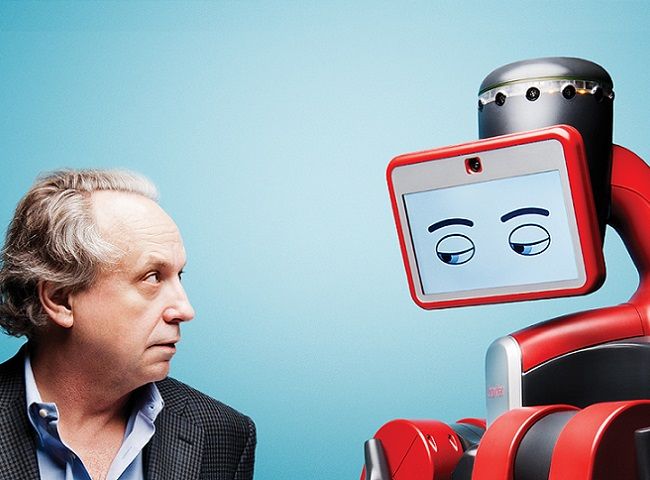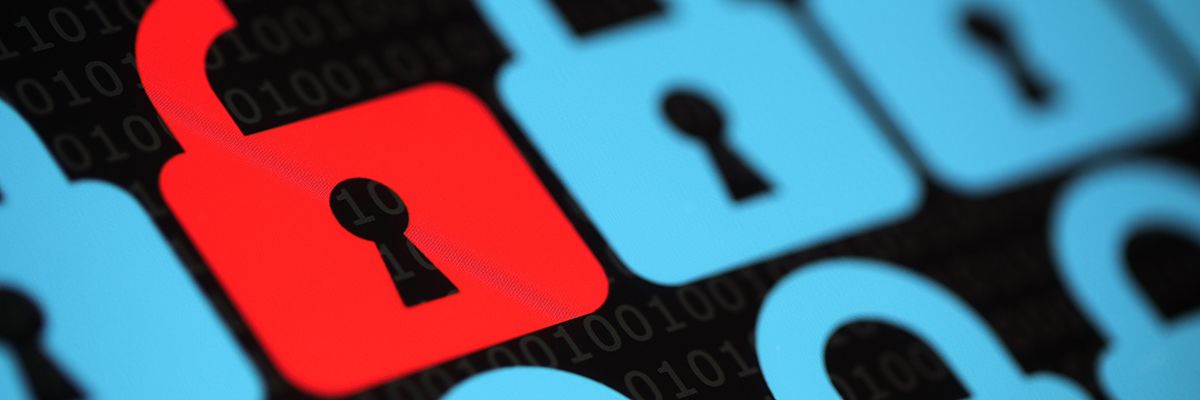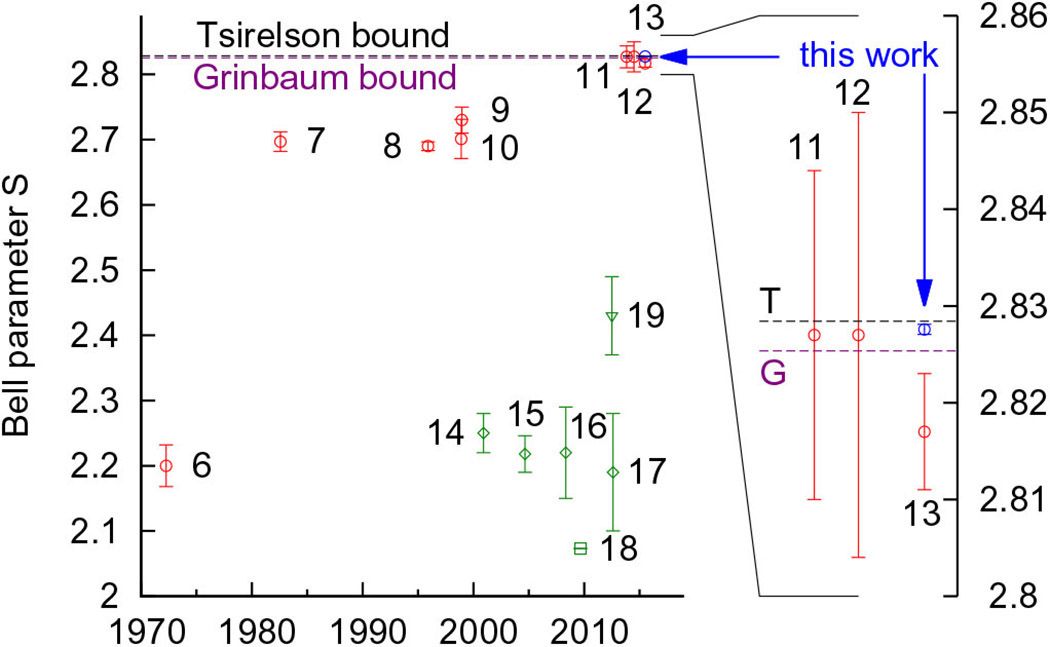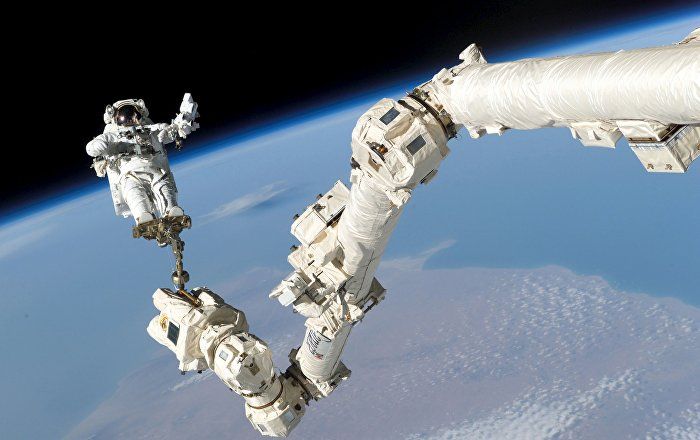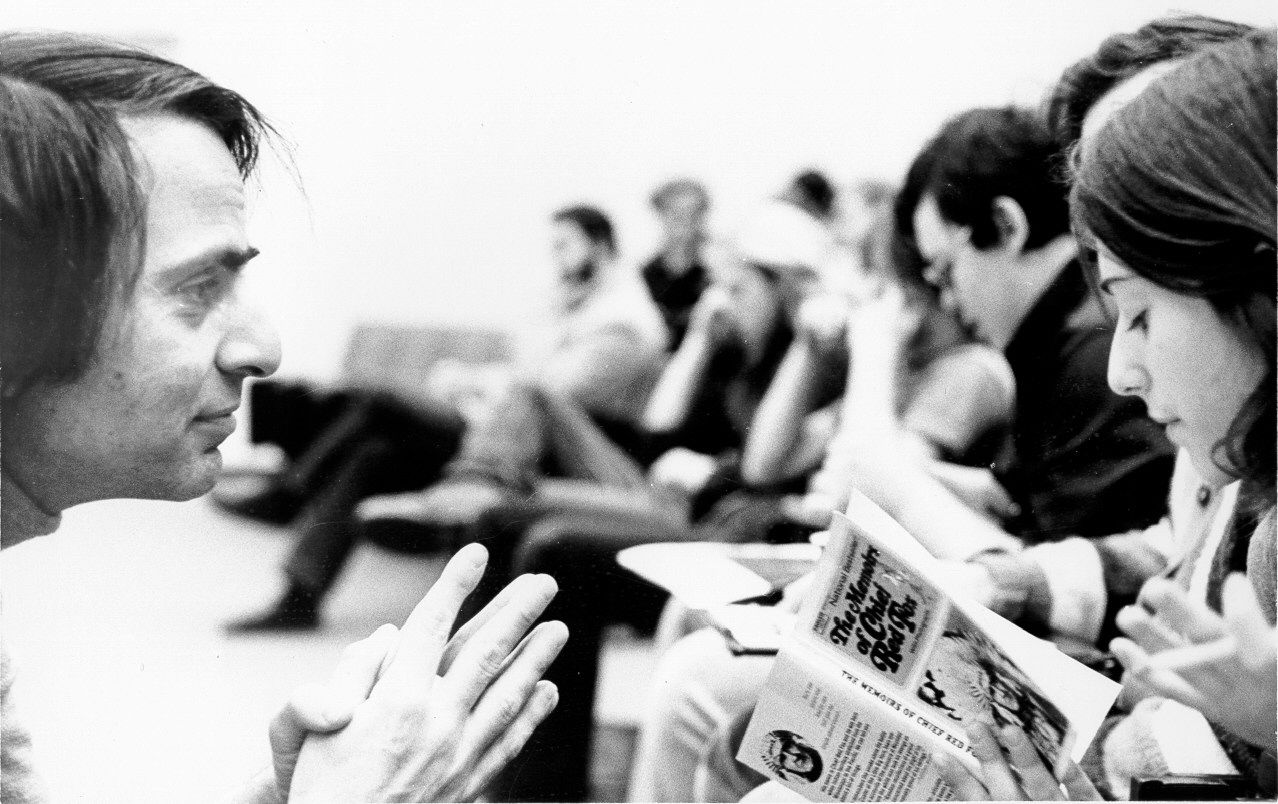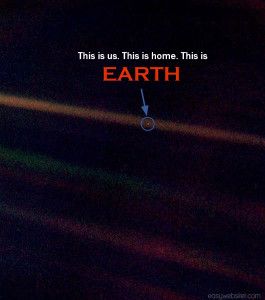
Google Fiber is heading close to home for its next location: San Francisco. Google announced this morning that it intends to bring its fast gigabit internet to “a portion of San Francisco,” specifically to apartments, condos, and affordable housing units. Details on exactly where and when are nonexistent for now, and Google suggests that we may be waiting a while to hear more.
What Google Fiber does say is that it won’t be building out its own network in San Francisco, as it’s done in many other cities. Instead, it’ll rely on existing fiber networks to provide its service. That may limit what Google can do and where it can go, but it also means a much faster path to launch. “To date, we’ve focused mostly on building fiber-optic networks from scratch,” Michael Slinger, Google Fiber’s business operations director, writes in a blog post. “Now, as Google Fiber grows, we’re looking for more ways to serve cities of different shapes and sizes.” Google Fiber is already taking this approach in a couple other markets, including Huntsville, Alabama, where earlier this week it announced plans to launch using the city’s municipal network.
As it’s done elsewhere, Google Fiber plans to provide free gigabit internet service to “some public and affordable housing properties” in San Francisco. It’s also working with a nonprofit to teach people basic internet skills, like setting up an email account and applying for jobs.
Continue reading “Google Fiber is coming to San Francisco” »

